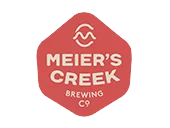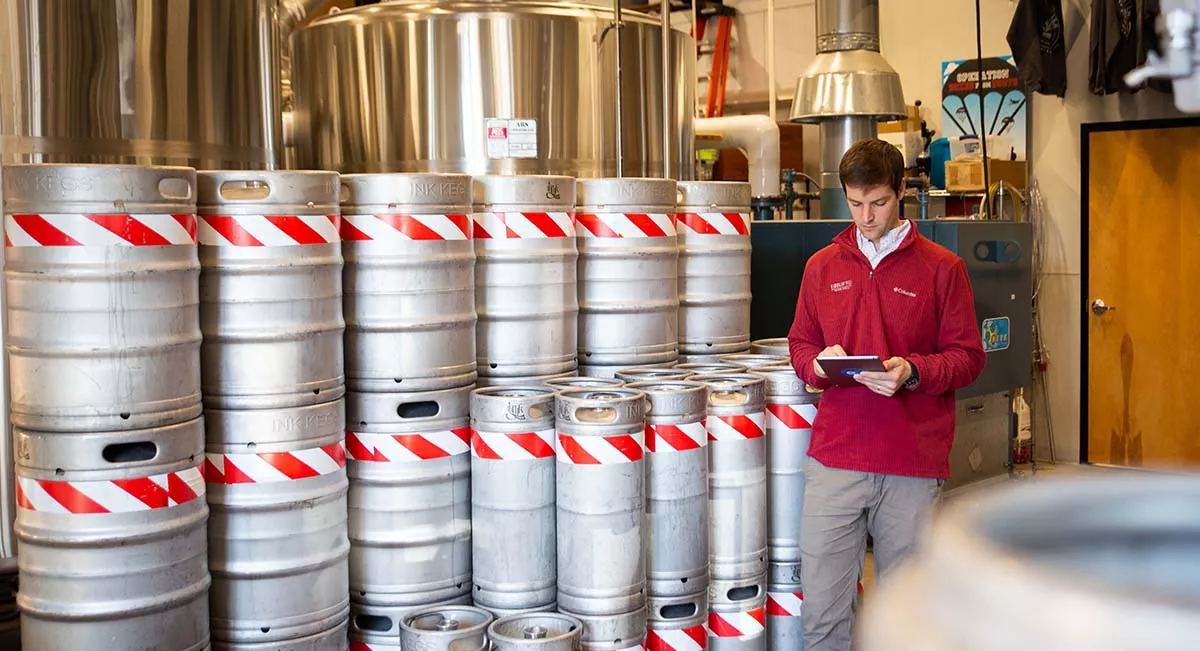When you run a brewery, you need to make sure every batch is consistent. Quality matters, but so does reliability as you look to deliver the best possible beers at the right time to the right people. Efficient management of your brewery resources and brewery production schedule is key.
That’s especially true in the craft brewing industry, which has seen increasing uncertainties in light of the COVID-19 pandemic and various supply chain shortages. In the face of these uncertainties, it pays to evaluate and optimize your processes.
Getting to that point takes time. After all, brewery production includes a wide range of processes, including:
- Inventory management and forecasting
- Supply chain management, from ordering raw ingredients to managing distribution
- Consistent processes to brew the beer at its best possible quality every time
- Packaging the finished batches into cans, bottles, and kegs
All of these processes are constantly moving. All of them have to be managed smoothly for the brewery to run, your beers to come out just right, and your customers to be happy. And that’s where your brewery production schedule comes in.
What is a Brewery Production Schedule?
Put simply, your brewery’s production schedule is a formal plan that lists all the steps that need to happen for your beer to move from grain to glass. Ideally, it’s also designed for your brewery to run at its optimum efficiency, avoiding any interruptions, inventory shortages, production issues, or delays. These 8 tips can help you get the most efficient production schedule..
1. Forecast Your Demand
Your brewery production schedule is only as good as the information you put into it. And perhaps the most important information in the whole process is understanding how much beer you will need to brew in the near future. After all, brewing more or less will impact anything from how many materials you need to order to how much time you need for the actual production.
Forecast your demand in volume and units. That will let you understand revenue potential as well. Volume is going to help you build the brew plan, units will help you understand more about packaging consumables and necessary packaging mixes.
Predicting future demand has always been challenging, especially for craft breweries with limited sales data. But you still need reference points to develop an educated guess, based on both confirmed orders for the time frame in which you’re forecasting and potential new orders you might see.
The first of those two variables is already set. For the second, you can use historical information about previous time periods. For example, if you sold an average of X amount of beer in the last 90 days, that number can serve as a good benchmark for selling similar amounts again in the future.This number can be compared to the previous year to anticipate growth.
2. Monitor Ingredient Availability
Next, your production schedule should include a defined step for monitoring the availability of the raw ingredients you’ll need to brew your beer. That’s especially true considering increasing uncertainties around ingredients like water and barley.
Related: Which Raw Materials are Most Popular With Brewers?
Keep an eye on your distrubutor and customer accounts—and on the markets. Check in regularly with your typical suppliers. The earlier you know about potential shortages and rising prices, the better you’ll be able to adjust and minimize the negative impact on your production.
Knowing which materials are available at which time will also allow you to better plan ahead. For example, you might have a wider range of recipes that need different ingredients. If you know that the seasonal cost of strawberries is about to go down for the summer, you can focus your promotions on your strawberry lagers and increase the production of that recipe accordingly.
3. Create Inventory Checkpoints
Your inventory is another core piece of the brewery production schedule. Too full, and you’re wasting money. Too empty, and production gets delayed. If the ingredients are too old, the beer quality suffers. Of course, ingredients are constantly moving in and out as you reorder them and begin new production batches, which have to count as inventory in their own right.
Your production schedule needs to account for these moving parts. One way to accomplish that is through inventory checkpoints, which are regular times at which you make sure that you have enough inventory in place for the forecasting demand. These checkpoints also help you ensure that ingredients and produced beer alike remain fresh.
Create a standard for how much you want to keep on hand so that ordering is simple and easy but also maintains your lean inventory. Having a par level that you like to maintain helps get ahead of ordering
Of course, you can take that process one step further. For example, you can set up automated reorders with your ingredient suppliers when inventory gets low. That automates some of the inventory management process and makes your production schedule more likely to stay on track.
4. Set Sufficient Order Lead Times
The other side of your inventory management revolves around making sure that you get the timing right. Reorder too early, and you might run into space or expiration issues. Too late, and you’ll be running behind as you produce new batches for regular and new clients.
The key, then, is considering the lead times for your orders. For example, when a local bar orders new kegs, you’ll need to consider:
- How long it takes for the ingredients necessary for the recipe to be ordered and shipped
- How long the actual brewing process will take
- How long the distribution process for the kegs to the local bar will take
Combine it all for your total order lead time. It helps if you have standards and averages to go from, so you can more accurately estimate when each of these steps needs to happen in order to deliver your beer to a happy customer.
5. Optimize Your Production Steps
Let’s get to the meat of the matter—or, in this case, the hops of the matter. The actual beer production is probably the main reason why many successful brewers enter this industry. But it’s not just about a great recipe brewed once—for your business to succeed, you need to optimize every step of the process. That can include things like:
- Maximizing the use of your equipment, like aligning your brew schedule for beers with similar ingredients and processes.
- Creating multiples of your batches so you always know what ingredients you need and when you’ll need them.
- Eliminating potential production bottlenecks that might cause your beer or the production, in general, to stall.
- Using historical fermentation data to understand how long each batch might need to ferment before it’s ready to ship.
- Considering the human resources needed for the beer brewing process, and when they’re most effective helping here instead of other parts of the business.
To help with your production optimization process, consider building a flowchart that outlines all the individual steps you need. This chart will help you better understand the workflow, and where you can implement potential improvements in your brewery production schedule.
6. Set Benchmarks for Consistency
Another key benefit of a great production schedule is being able to ensure consistency between your different batches. After all, if you have a single recipe, the outcome should always be as intended so that a consumer or bar ordering the beer knows exactly what to expect.
Consistency starts with a recipe that can easily scale up or down depending on the quantity needed. But your brewery production schedule itself can also help.
Related: The Importance of Keg Tracking & How to Do It
For example, you can write down exactly what steps and ingredients you use for varying quantities, which gives the brewers something to refer to. But don’t stop there. Use your schedule to get precise on things like fermentation timing, setting exact benchmarks for where you need to be for your next batch to be as good as your previous one.
7. Regularly Review and Adjust Your Schedule
Finally, don’t treat your production schedule as a finished and perfect product. Instead, consider it a fluid document, designed to shift as your brewery processes and the external environment dictate. You can ensure that flexibility is maintained with a regular review of your schedule and the ability to make adjustments based on your review.
For example, consider taking a close look at your brewery production schedule every week, or every 2-4 weeks at a minimum. Make sure all of the above best practices, from batch consistency to inventory management, are still as optimized as possible.
You can also build in flexibilities, like a contingency plan in case of ingredient shortages or equipment breaking down. That way, you will always have the processes in place to continue your operations and get more efficient over time even as you scale your production alongside your sales growth.
8. Manage Your Brewery Production in a Unified System
Finally, you can optimize your production schedule by moving away from manual processes and spreadsheets. Instead, consider moving your schedule into a single, unified platform that can help you dynamically track all of the above variables, while also building automations like re-orders to remove manual barriers and inconsistencies.
The right brewery management software allows you to manage your production schedule in a single system that matches your workflow, from grain to glass. It also helps you understand trends and changes to that schedule that might present opportunities for improvement. It can even help monitor the consistency of your beer as you produce it.
Ekos is business management software designed for your business. We can help you optimize your daily and strategic operations. Schedule your demo today to start optimizing beer production and planning the most effective schedule for your brewery.





